TRUST BUT VERIFY: We all find ourselves forced to dance with the devil from time to time; the trick is to not get visibly aroused while doing so.
It’s unseemly.
I bring this up having watched last week’s showdown over all the additional rocket ships that Elon Musk, all the colonels at Vandenberg Space Force Base, plus a sizable smattering of elected officials — including Congressmember Salud Carbajal — want to start blasting into space. As showdowns went, it was Godzilla versus Bambi. I’ll let you guess who played the deer. In real life, the commissioners had no real authority other than to rubber-stamp an agreement — already hatched — to allow Elon Musk and his SpaceX company to increase the number of launches from Vandenberg from six to 36 a year. In real life, Musk and SpaceX are already blasting about 18 a year up into the heavens, where they plant hundreds and thousands of Starlink satellites into low orbital space so you and I enjoy better cell reception. About 15 percent of these launches, however, carry military payloads that are deemed essential for national security purposes. Because the military has no independent launch program, we the people must rely on private operators like Musk, a certifiably mad, mercurial genius, to ensure our national security.

In case you were wondering, that’s the devil with whom we — through our military — find ourselves locked in a slow-dance clinch.
FYI, Musk is currently engaged in a mad dash to establish a total space monopoly — his stated long-term agenda is to establish a colony of Homo sapiens on Mars — over any possible competitors. To that end, he and the Space Force colonels have announced they will seek another launch expansion — to 50 — come October. Shortly after that, they will bump it up again to 100.
With all that in the works, the commissioners have asked the Space Force colonels and SpaceX itself to improve the biological monitoring now taking place to ensure all the rocket traffic and attendant sonic booms don’t inflict undue damage on marine mammals — and five endangered terrestrial species — who occupy sensitive habitats on the base or within earshot of the booms.
It was an exceptionally modest proposal. The commissioners said “Pretty please” when they asked.
For the record, Musk did not show up at last Thursday’s Coastal Commission hearing. No one from his staff did either. They never do, despite multiple entreaties from the Coastal Commissioners themselves. (Musk’s lobbyists, however, have met privately with some of the commissioners before the meeting, it was revealed. Sonic booms, they said in those encounters, were not such a big deal; only 12 people so far, they said, have complained about them. That number, by the way, was refuted by Coastal Commission planner Cassidy Teufel.)
Representing the Space Force in the flesh was Deputy Vice Commander Dorian Hatcher. He reiterated his department’s long-standing commitment to environmental stewardship, noting that the base employs 40 professional staff to make sure the endangered species living on his base are afforded every possible protection. The base, he insisted, has already been doing all the environmental monitoring that the federal government requires.

With that, Hatcher unceremoniously announced, “I will not be taking any questions today.” Nor, he clarified, would any of his staff.
In the kabuki theater of government meetings, this was a genuine drop-the-mic moment. It was a middle finger salute accompanied by the theme song from Star Wars played full volume. The commissioners — their heads exploding in unison — responded accordingly. One fumed, “I’m beyond pissed and everyone in this room should be pissed too.” Another added, “The Space Force comes here today and intentionally disrespects us. That’s okay. I disrespect you.”
Here’s why monitoring — admittedly one of those nebulously granular words — really matters. And here’s why what’s being done now doesn’t seem remotely good enough. Only in the last two months has the Space Force finally admitted that the sonic booms from the Vandenberg launches could be heard and felt from as far away as 100 miles. Up till that point, there was no mention of this significant detail in any of the voluminous documents and reports generated by the Space Force’s allegedly “exhaustive” environmental analysis. And it only came out because members of the public — you know those crazy sky-is-falling crackpots — showed up and testified how their windows rattled and their houses shook when the booms went off.
In addition to the noise, it turns out, the atmospheric pressure change triggered during rocket take-off is capable of disturbing the behavior of sea life 300 feet below the surface. Whales and dolphins rely on sonar to find their food. “A deaf whale is a dead whale,” one speaker noted. Commissioner Mike Wilson recounted growing up in Humbolt County where Air Force fighter jets that broke the sound barrier routinely practiced war games over mountains near his home. The sonic booms produced, he recounted, spooked the livestock something fierce. Horses, in particular, he said, lost their minds, crashing into walls they stampeded en masse.
If nothing else, it’s a vivid image.
Unlike Las Vegas, what happens on Vandenberg doesn’t necessarily stay on Vandenberg. Of the 2,000 species of critters calling the Channel Islands home, 145 can be found nowhere else on Planet Earth. Elon Musk’s V-Berg rockets happen to traverse those islands on their 580-mile trajectory upwards into lower space. Until just this year, the federal government funded launch-specific, before-and-after video studies of seal haul out sites near the base to see what impact the sonic booms had. Last week, the commissioners were notified that funding had just dried up. Monitoring will take place every other month, they learned, instead of with every launch.
Yes, it is true that a lot of monitoring is already done. But thanks to a massive data crash last year, more than half the video data gathered by filming snowy plover nests — one of five endangered species that may be impacted by the blasts — disappeared. The batteries used to power a similar study about sea otters flat out crapped out. And it turns out the motion-activation mechanism for a video study of another endangered bird did not work. Translated, the cameras did not turn on.
That’s a whole lot of oops.
Coastal Commission staff tried to persuade the Space Force commanders that such glitches could be avoided by incorporating more redundancy measures into the plan. Those conversations started March 24, and have yet to bear fruit. When asked why Deputy Vice Commander Hatcher refused to answer questions, a base media spokesperson replied there was nothing new to say.
That, too, qualifies as a whole lot of oops.

So when I read the letter submitted by Salud Carbajal enthusiastically endorsing the colonels’ full-speed-ahead approach, I was a little surprised. Not only does Carbajal’s district include Vandenberg, but he is a ranking member of the House Armed Services Committee. More existentially, Salud Carbajal would not exist today as who he is were it not for the grooming, mentoring, education, trust, support, encouragement, and ass-kickings he received at the hands of the late great county supervisor Naomi Schwartz, who among other things served as one of the Coastal Commission’s very first chairs. One can only wonder what Naomi would think of Salud’s gushing prose — co-signed by umpteen other members of Congress. “The private sector and federal government partners have demonstrated their commitment to protecting the environment and local resources,” Carbajal wrote, “through mitigations and stringent monitoring for impacts.”
“Stringent monitoring”?
Admittedly, this letter was drafted before Vice Commander Hatcher issued his talk-to-the-hand directive. But not a syllable acknowledged what a whole lot of people had already been saying.
I have been cautioned that Salud’s fawning letter is not be regarded as the totality of his thoughts on the matter. I am also told that his office is in the process of drafting a bill that would set aside some amount of funding to deal with the impacts of sonic booms. The first draft of this bill is not yet complete. It will not be introduced until the next legislative session. And its passage is by no means assured.

Carbajal was by no means the only elected official to join the choir of knee-jerk Kool-Aid drinkers. State Assemblymember Gregg Hart did too, using almost identical language. So too did county supervisors Steve Lavagnino and Bob Nelson. (Notably absent from this amen chorus was State Senator Monique Limón, though what that silence portends has been left to the listeners’ interpretation.)
I get their argument. There are legitimate national security considerations to consider. And then there’s the presumed pot of gold at the end of the SpaceX rainbow. Thousands of jobs. Billions of dollars. In anybody’s book, that’s not nothing. Supervisor Nelson showed up — in person — to urge the commissioners to back off. Think of all the North County high school students who will get high paying, American Dream jobs, Allan Hancock and Cuesta College graduated, not transplants from MIT or Stanford. I was moved. How could I not be? Then he lost me. “The world is watching,” Nelson warned. “Other businesses are watching. Don’t take the opportunity to beat up on billionaires.”
Two points.
More launches and more monitoring are hardly mutually exclusive. They can — and should — go hand in hand. Remember the old adage “Measure twice, cut once”? Or perhaps Ronald Reagan’s famous line “Trust but verify.” Reagan is not only a former president, but more importantly, a former county resident. As for businesses fleeing, good luck. Vandenberg Space Force Base is the one single location in the continental United States from which “polar orbits” — also known as low earth orbits — are possible. Companies launching from Vandenberg can unload their satellites at elevations of 800 kilometers above the earth’s surface. Translated, that’s 520 miles. By contrast, traditional — non-polar orbits — have to send their satellites much much higher — to elevations of 35,000 kilometers. You don’t need to be a rocket scientist to know that this difference in altitudes constitutes a massive cost saving to Space X or any private company launching from Vandenberg.

The point here? Nobody’s going anywhere.
The other point, if we’re going to get into bed with Elon Musk — a raw-dogger for sure — we might want to know what communicable diseases he is likely carrying. A month ago, the New York Times ran an exhaustive and exhausting exposé on what Musk promised and what he delivered to the small town of Boca Chica, Texas, when creating a launch pad there. The gap between promises and performance is wider than the Grand Canyon. Musk promised a relatively small operation — a $50 million investment with maybe 150 employees and no threat to the natural environment, which includes one of the most vital migratory bird sanctuaries on the planet. When he was done, the investment was closer to $3 billion — a new rocket factory for rockets four times bigger than the ones used at Vandenberg — and 3,400 employees. Roads got so choked with Musk’s workers that they now commute to work on hovercraft. The first test for the first rocket — a Starship — blew up, spewing shards of concrete and metal 2,600 feet from the launch site. Nine nests of rare birds were obliterated, the ground smeared with bright yellow from the yolks from their eggs.
Another vivid image.
Since 2019, there have been no less than 19 documented explosions, leaks, accidents, or other unplanned mishaps. In one, 7.5 million pounds of fuel went up. When SpaceX initially approached Texas officials, they promised beach roads would be closed no more than 180 hours a year to ensure no civilians got hurt by falling space junk. The actual has been 500 hours of road closure.
At last Thursday’s meeting, Lompoc Mayor Janelle Osborne spoke glowingly of SpaceX’s expansion plans, conjuring forth Lompoc’s feverishly futuristic dreams that have lain dormant ever since the Space Shuttle program went up in smoke in the early 1980s when the Challenger went up in flames, killing all crew on board. That disaster, it turns out, was caused by something as small as malfunctioning fuel gaskets known as O-rings.
Cut once, measure twice.
Trust but verify.
Dance with the devil? By all means. That’s part of Salud’s job description. Just don’t dance too close. And remember always who it was that brung you.
Premier Events
Wed, Dec 31
9:00 PM
Santa barbara
NEW YEAR’S Wildcat Lounge
Fri, Dec 26
7:00 AM
Solvang
Solvang Julefest
Sat, Dec 27
7:00 PM
Santa Barbara
Schnack ‘n Bari Jazz Trio at Roy
Wed, Dec 31
6:15 PM
Santa Barbara
NYE 2026 with SB Comedy Hideaway!
Wed, Dec 31
9:00 PM
Santa barbara
NEW YEAR’S Wildcat Lounge
Wed, Dec 31
10:00 PM
Santa Barbara
In Session Between Us: Vol. I NYE x Alcazar
Wed, Dec 31
10:00 PM
Santa Barbara
NYE: Disco Cowgirls & Midnight Cowboys
Thu, Jan 01
7:00 AM
Solvang
Solvang Julefest
Thu, Jan 01
11:00 AM
Santa Barbara
Santa Barbara Polar Dip 2026
Sat, Jan 03
8:00 PM
Santa Barbara
No Simple Highway- SOhO!
Sun, Jan 04
7:00 AM
Solvang
Solvang Julefest
Wed, Dec 31 9:00 PM
Santa barbara
NEW YEAR’S Wildcat Lounge
Fri, Dec 26 7:00 AM
Solvang
Solvang Julefest
Sat, Dec 27 7:00 PM
Santa Barbara
Schnack ‘n Bari Jazz Trio at Roy
Wed, Dec 31 6:15 PM
Santa Barbara
NYE 2026 with SB Comedy Hideaway!
Wed, Dec 31 9:00 PM
Santa barbara
NEW YEAR’S Wildcat Lounge
Wed, Dec 31 10:00 PM
Santa Barbara
In Session Between Us: Vol. I NYE x Alcazar
Wed, Dec 31 10:00 PM
Santa Barbara
NYE: Disco Cowgirls & Midnight Cowboys
Thu, Jan 01 7:00 AM
Solvang
Solvang Julefest
Thu, Jan 01 11:00 AM
Santa Barbara
Santa Barbara Polar Dip 2026
Sat, Jan 03 8:00 PM
Santa Barbara
No Simple Highway- SOhO!
Sun, Jan 04 7:00 AM
Solvang

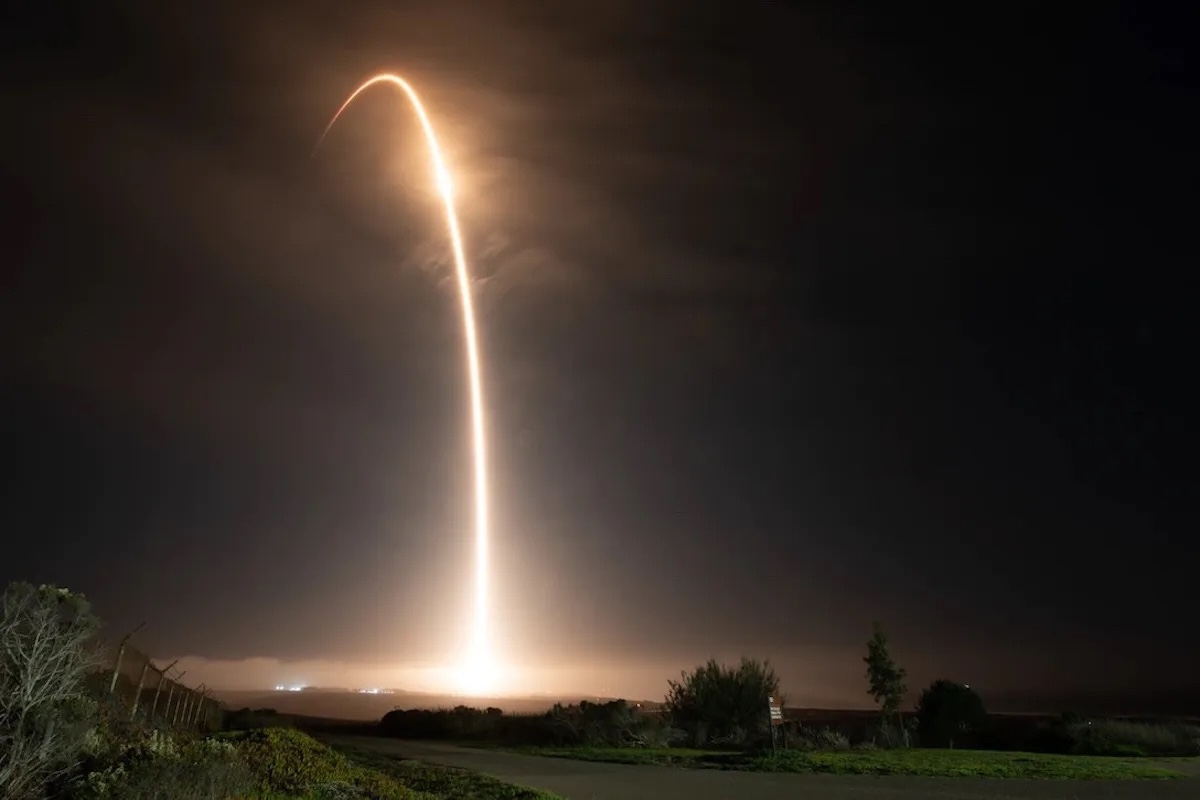


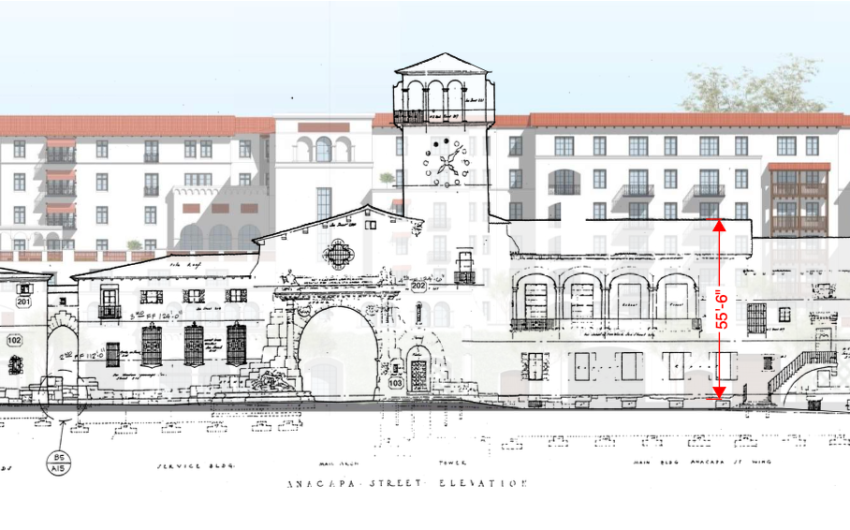

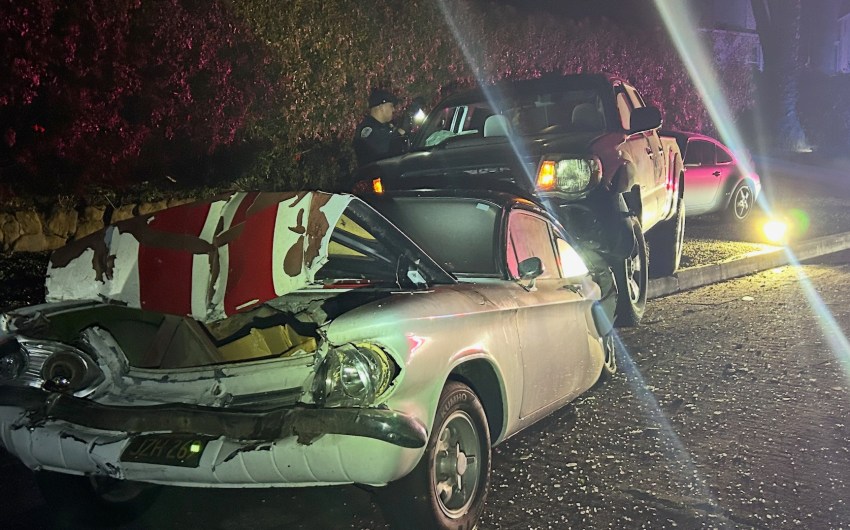
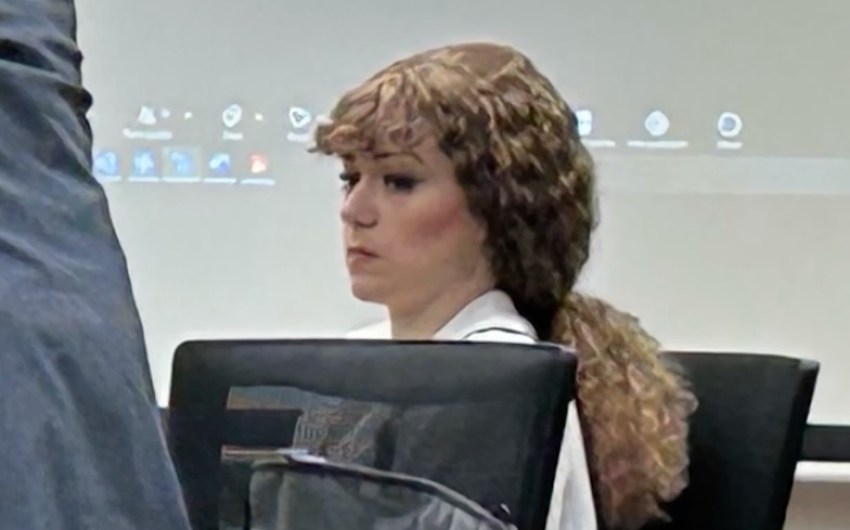


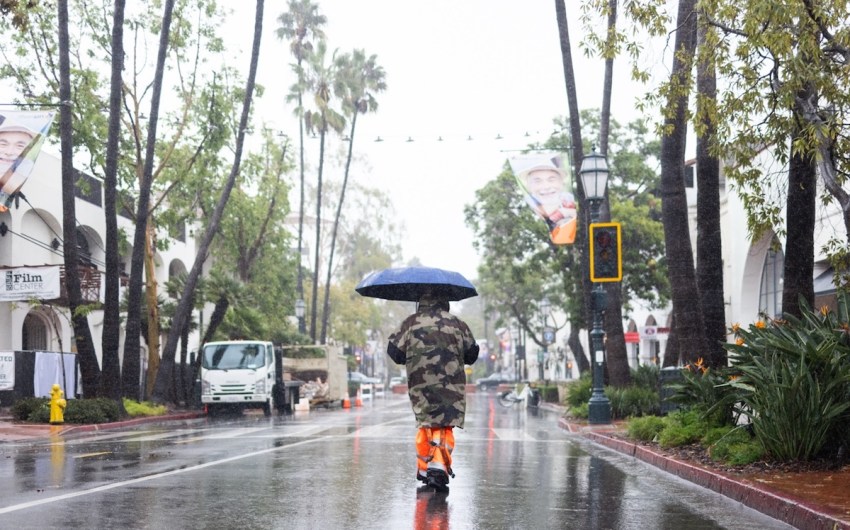


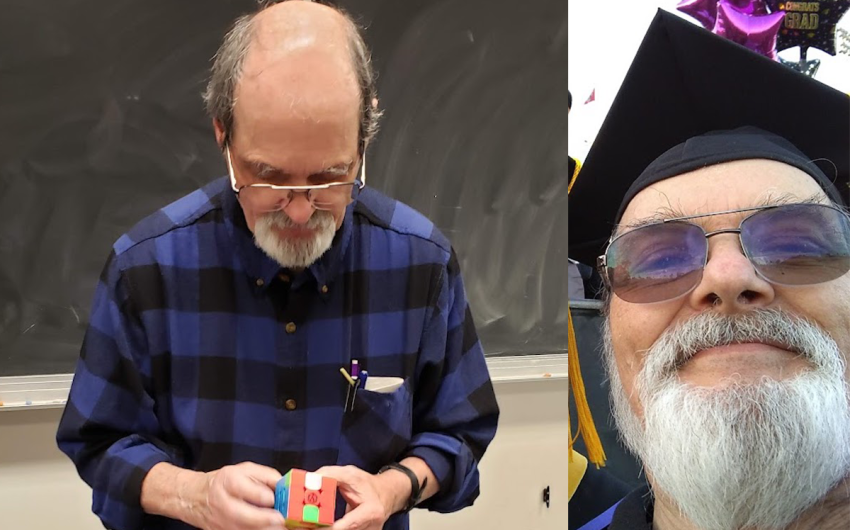


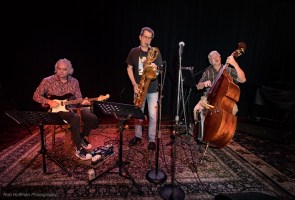



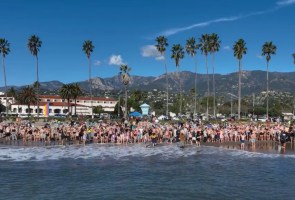

You must be logged in to post a comment.